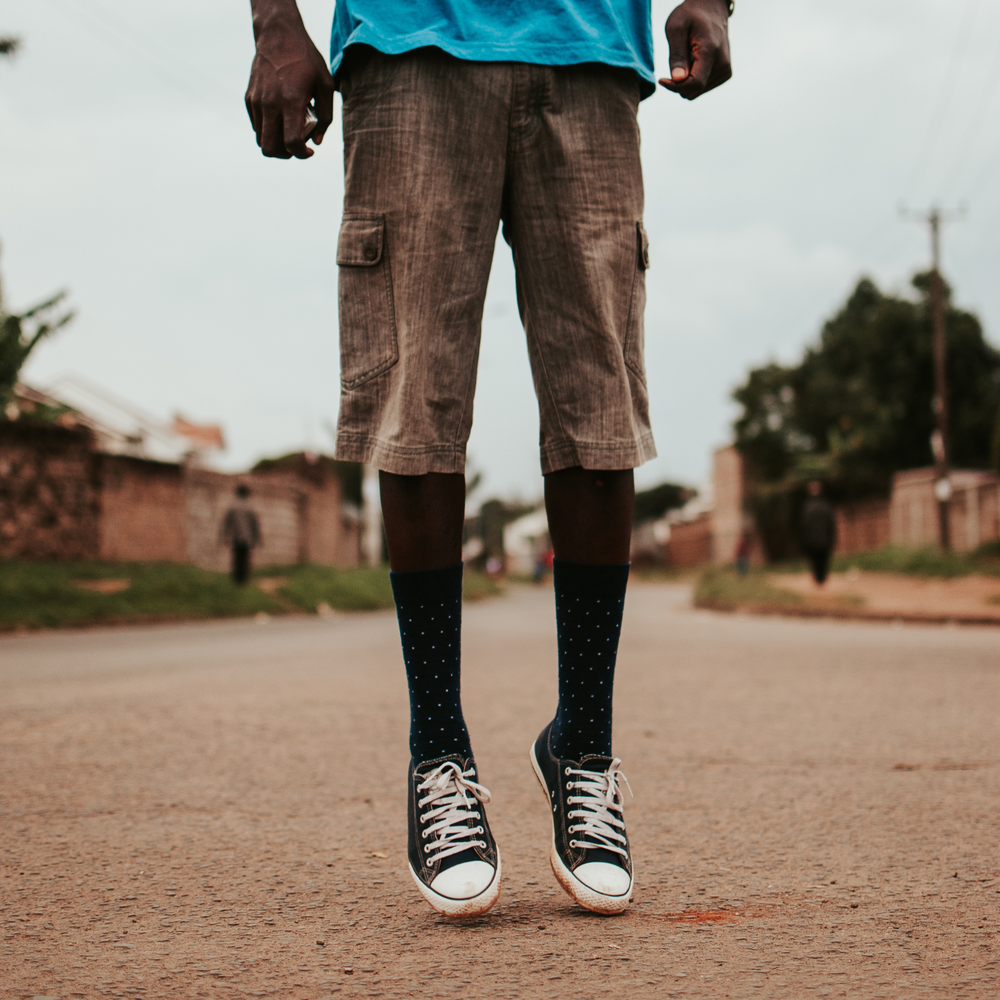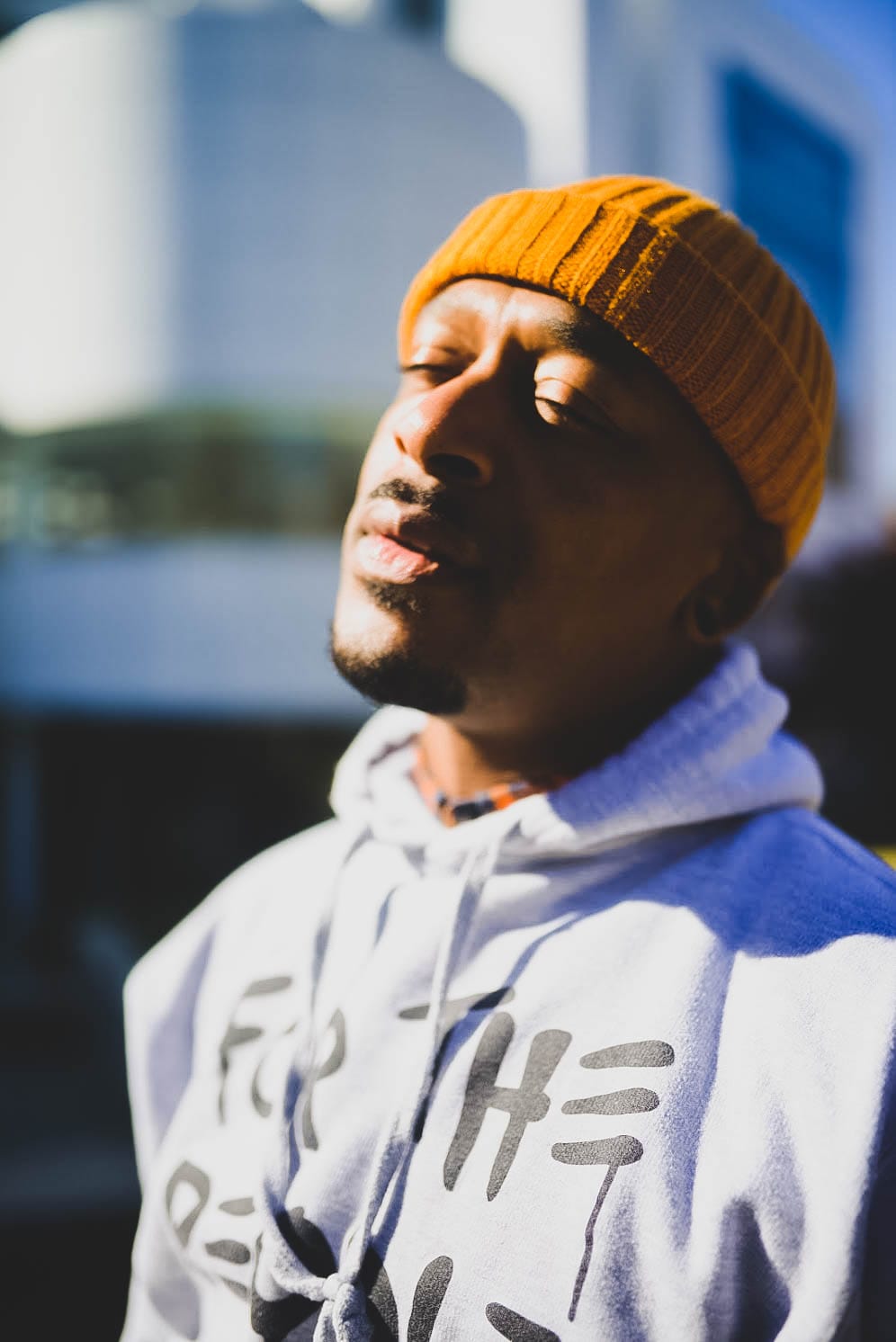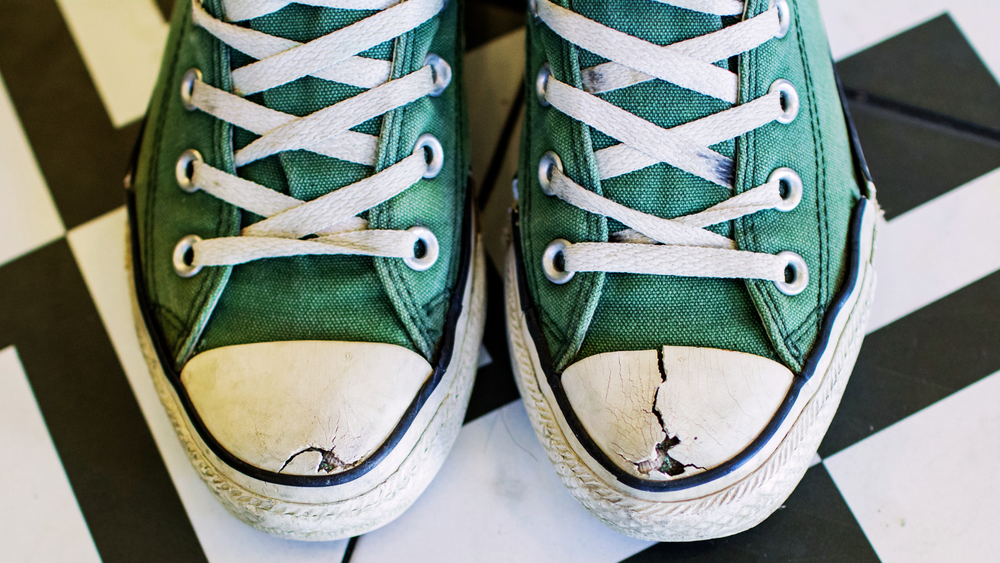When we think about social movements, we tend to focus on hope, collective action, and strategy. But beneath the chants, marches, and meetings lies another reality: death is always close at hand. For people on the frontlines—especially Black, queer, disabled, and other marginalized organizers—mortality is not an abstract fear. It’s a daily negotiation with systems of oppression, state-sanctioned violence, and the unrelenting weight of capitalism.
As a death and grief worker, end-of-life questions come up often, and I can see how concerns with mortality are woven into the lives of activists. The anxiety, exhaustion, and even the deep passion people feel for social justice work is rooted in the awareness that their lives—and the lives of those around them—are finite. But what actually happens when those “fighting the good fight” face the end of their own lives? And how do they die with the dignity our oppressive systems often deny us?
Death under capitalism
Capitalism affects every aspect of our lives. In the United States, end-of-life care is riddled with inequities caused by capitalism. People die alone because insurance and geography determine who receives quality care and treatment.
Our community is constantly robbed of care due to capitalist exploitation: workers dying in unsafe conditions, organizers without health insurance, and grassroots leaders dedicating unpaid hours of their lives to the community while trying to meet their basic survival needs.
This reality brings up painful questions:
- Who gets to die comfortably, surrounded by support?
- Who dies drowning in medical debt?
- Who is remembered for their heroism, and who slips away quietly under systemic neglect?
Activists spend their lives giving to movements without being resourced to care for themselves in life or in death. And while death doulas or other healing practitioners can fill some of the gaps, the inequity remains stark.
The risk of organizing
The heightened risk of mortality is an immanent part of movement work, particularly for marginalized activists. This is not a hypothetical risk, but a lived reality for those who engage in resistance against oppressive systems. From police brutality to medical racism and gender-based violence, the issues activists face are both personal and systemic. The physical, mental, and spiritual toll of frontline work compounds the danger—because activists aren’t just targeted for what they do, but also for who they are. This makes their work inherently perilous, and death becomes an omnipresent companion.
Consider the tragic deaths of those involved in movements like Black Lives Matter: six men died following protests in Ferguson, and in Kenya, 31-year-old activist Omondi Ojwang died while in police custody after speaking out against authorities. Like Demartravion “Trey” Reed, who was found dead on a Mississippi college campus, Ojwang's body showed signs of trauma that police dismissed, and both deaths were hastily labeled suicides. These stories are not isolated; they represent the very real, very tangible risks that come with fighting back against entrenched power, even if your fight is simply existing.
Activism is a constant dance with mortality. Facing violence, being surveilled, and operating under continual threat leads many activists to develop a unique relationship to death. It’s not just the possibility of death that weighs on them, but the certainty of an untimely, unjust end. Yet, they persist. This gives rise to an essential paradox: why risk death knowing that the labor of resistance can sometimes lead to such a violent end?
The answer might lie in what activists seek to achieve: the freedom of communities, the right to exist without fear, and the hope for a future that transcends the oppressive present. For many, the possibility of achieving liberation outweighs the certainty of living under systems of domination. Activists understand that they may not live to see the world they are fighting for, but they pour themselves into the struggle because they are part of something bigger than themselves. Their sacrifice—whether they survive it or not—becomes an act of defiance against systems that reduce their lives to expendability.
Death becomes less of a deterrent and more of a tool to drive purpose. The struggle becomes urgent: a clear marker of what’s at jeopardy and what must be won. And in the face of this harsh reality, activists won’t necessarily ask “Will I die for this?” but “How will I live with the deepest conviction?”
Loneliness on the frontlines
For many, dying alone is the deepest fear. In movement spaces, that fear is more acute with sharper edges. People fear dying in state custody or being estranged from loved ones due to political divides or isolation due to burnout and mental health crises.
Activism can drain time and energy, leaving many people depleted, with thin connections that are easy to maintain but harder to rely on for end-of-life care.
Death doulas can intervene, not only by accompanying the dying, but by helping movements cultivate practices of communal care that extend beyond life. Without intentional structures of care, dying alone is more likely. This doesn’t mean that dying alone is inevitable, but it requires collective planning to prevent it from happening.
Learning from death in activism
Through my own confrontations with death and grief, I’ve come to see this truth: awareness of mortality breeds courage. Those who accept their finiteness are often most willing to take bold, transformative action.
But there’s a temptation to romanticize activist death that I’d caution against: imagining it as a badge of honor and proof of the ultimate sacrifice. People who distort death can start to crave violence and see death as a symbol of bravery—whether they cause death or experience it. But seeking death is not the same as accepting it.
Death is not a prize, but deserves honor. Dying is not evidence of devotion, but it is a sacrifice. True courage lies in recognizing death as a natural part of the cycle of life, not something to be glorified or pursued.
Social movements reveal this paradox: death is inseparable from living with conviction, and facing mortality is both necessary and terrifying.
Building a culture of death care in movement spaces
So what do we do with all this? How can we practically build a culture of death care that gives activists some reprieve and dignity?
- Training and resourcing death and grief doulas/workers into movement spaces.
- Creating grief rituals for the dead and dying beyond memorials.
- Building structures of care so people do not have to face death, sickness, and grief alone. (Mutual aid, meal trains, grief circles, medical and mental health training)
- Talking openly about mortality, so the fear of death doesn’t quietly drain movements of energy.
- Create care plans that include networks/contacts for end-of-life and crisis care, including warmlines, doulas, spiritual/religious support, ceremonial requests, and more.
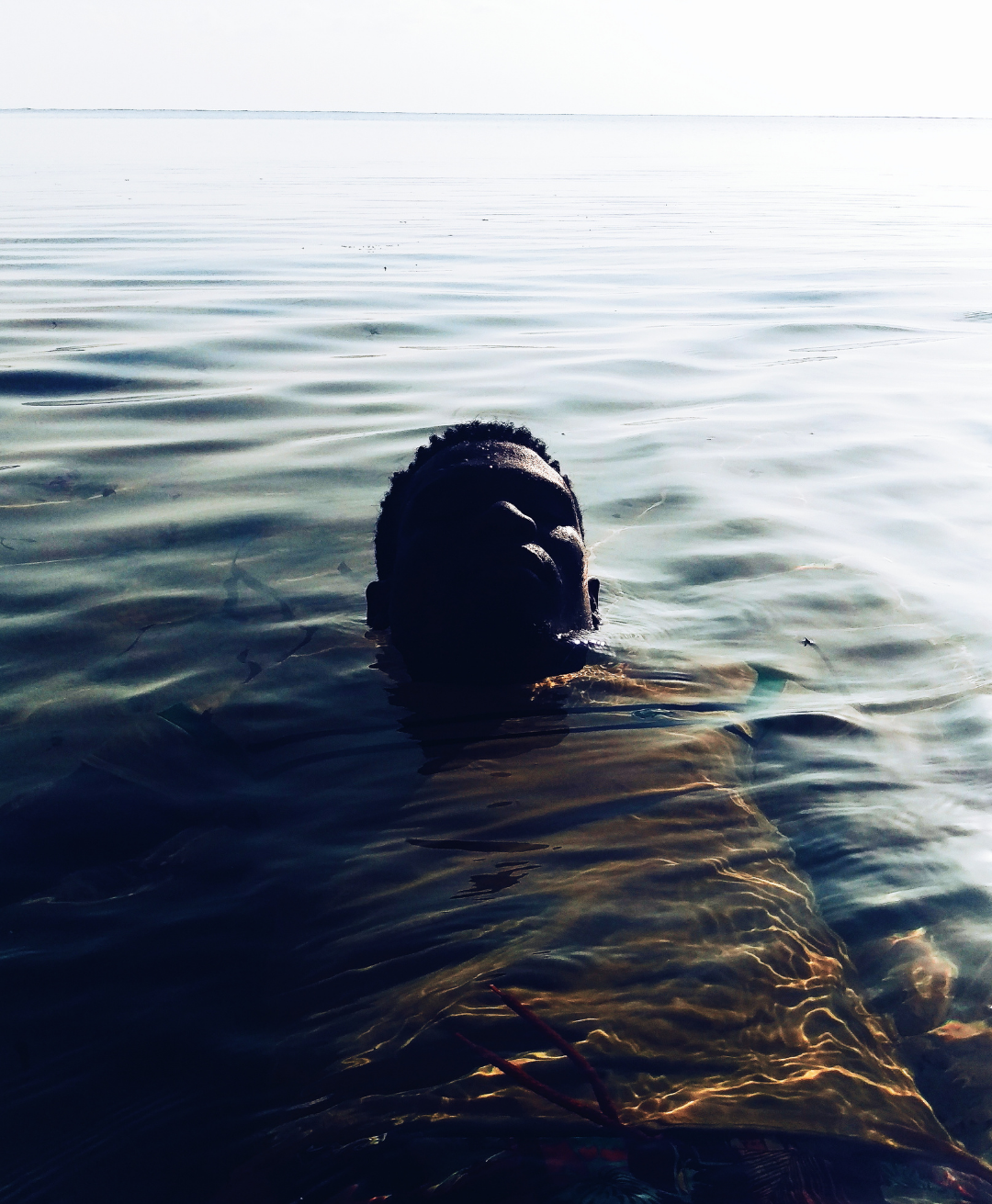
Death is collective, not individual
Capitalism would have us believe that death is a private, individual burden. But death is collective—it shapes movements, communities, and generations. For those on the frontline, confronting mortality isn’t optional; it is a daily reality.
Activists, like everyone else, will face death. How movements respond is critical to whether we leave people to die feeling isolated and tired, or whether we honor them in life and in passing.
As a death worker and griever, I hope we continue to strengthen a culture of death care. Because how we die—and how we grieve—shapes how we live, fight, and imagine the world to come.
